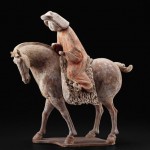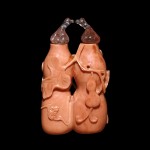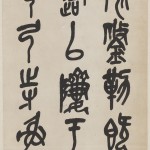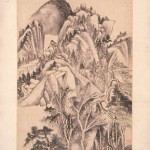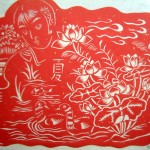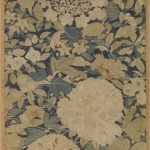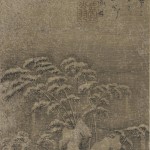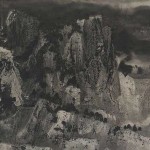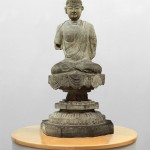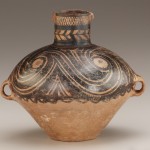Coral snuff bottle
From China
Qing dynasty, 18th century AD
Long life and fertility
Coral, the calcium-like deposit left by certain marine animals, has been used as a material in China for more than 2,000 years. The Chinese particularly admired coral for its colour variations, fine veins and glossy surface. They also prize the stone for its associations with longevity.
This double snuff bottle is made in the form of conjoined gourds. The gourd has been used as a container since the earliest times, because of its naturally impermeable skin. In China, it connotes longevity. One of the Eight Daoist Immortals is identified by the gourd he always carries. Double gourds are especially treasured as symbols of fertility.
This double snuff bottle is decorated with auspicious symbols. The bat, a symbol of good fortune, is carved in relief here, along with single gourds and leaves. The gourds have pink glass stoppers.
Coral snuff bottles from the eighteenth century are relatively rare. This finely carved double bottle exemplifies the exquisite craftsmanship of that period.
J. Rawson (ed.), The British Museum book of Chi (London, The British Museum Press, 1992)
http://www.britishmuseum.org/explore/highlights/highlight_objects/asia/c/coral_snuff_bottle.aspx
